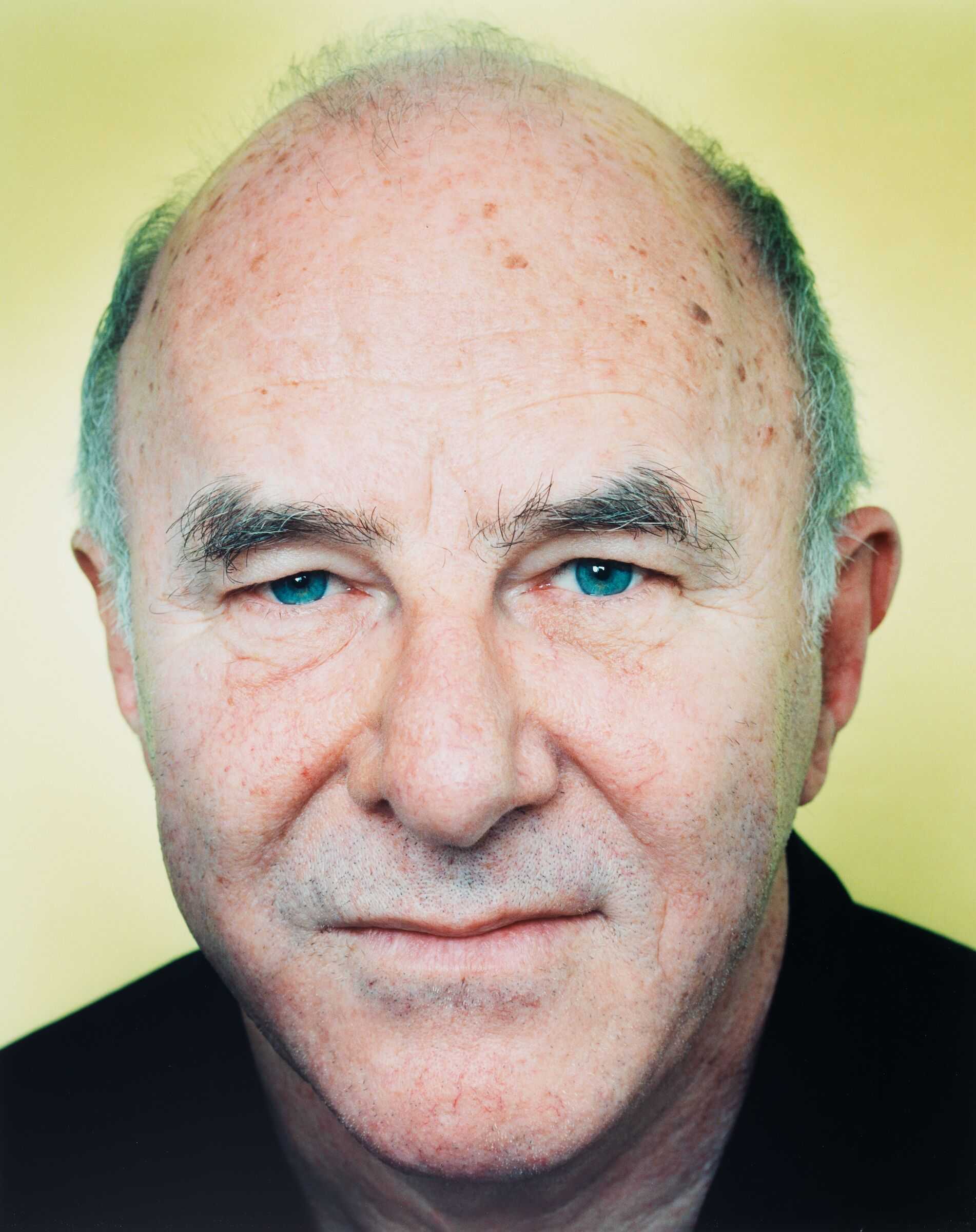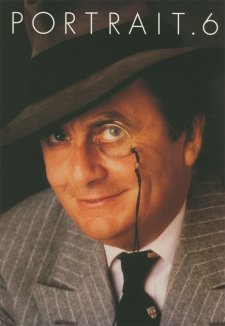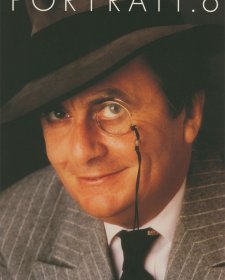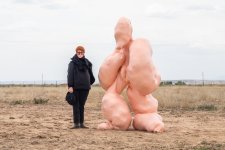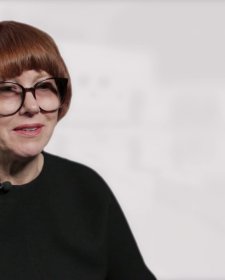Polly Borland's photograph of The Queen was commissioned by Buckingham Palace as part of a series of high profile celebrations to mark the Golden Jubilee, the 50th anniversary of the coronation of Elizabeth II. Eleven contemporary photographers from Britain and the Commonwealth including Melbourne-born Borland, English celebrity photographer Rankin and HRH the Duke of York were invited to take portrait photographs of The Queen for a Golden Jubilee Portfolio.
Though a prolific and significant portrait photographer, Borland is not a conventional one. Her selection by the Palace may surprise those more familiar with her recently published Adult Babies series, or her sometimes irreverent, sometimes disquieting, mostly amusing and startlingly direct portraits, including Nick Cave, Michael Hutchence, Kylie Minogue, Clive James and Rolf Harris in the collection of the National Portrait Gallery, Canberra. She is not a Royalist, but the chance to add to the iconography of one of the most recognised faces in the world today was an opportunity she could not turn down. Now, she says, she would like to do more royal portraits - looking perhaps at other members of the family or examining the royal lifestyle.
Borland had one five-minute sitting with The Queen. In preparation she set up cameras and lighting in front of two backdrops and in her allocated time shot two rolls of film, ending up with ten photographs. Borland has often taken simply-composed, close-up images of subjects in front of carefully selected fabrics. The shimmering gold seen in the portrait of The Queen, a deliberately obvious and kitchy reference to the Jubilee year, was also used by Borland in her 1999 portrait of Monica Lewinsky (who coincidently also wore a blue suit and pearls). In a second portrait of The Queen, approved for use by the Palace but not included in the official portfolio, the subject appears in front of a Marimekko floral backdrop (Unikko Blue) a pattern also favoured by the photographer.
Borland's photograph of Elizabeth II is certainly among her more unsettling portraits. We are not used to seeing The Queen in such bright light, in such imperfect detail and close proximity. In 1985 Andy Warhol made Reigning Queens, a painting of The Queen based on an official 1977 Jubilee photograph. Borland was very interested in this painting which in one of the most popular paintings held by the National Portrait Gallery in London. Her photograph operates in the same way as one of Warhol's multiple screen-print portraits, or even one of his Campbell's soup cans - like a logo or trademark. Though presented with no distinction or fanfare, she is instantly recognisable.
The Golden Jubilee Portfolio is currently on display at the National Portrait Gallery in London and at Windsor Castle.
